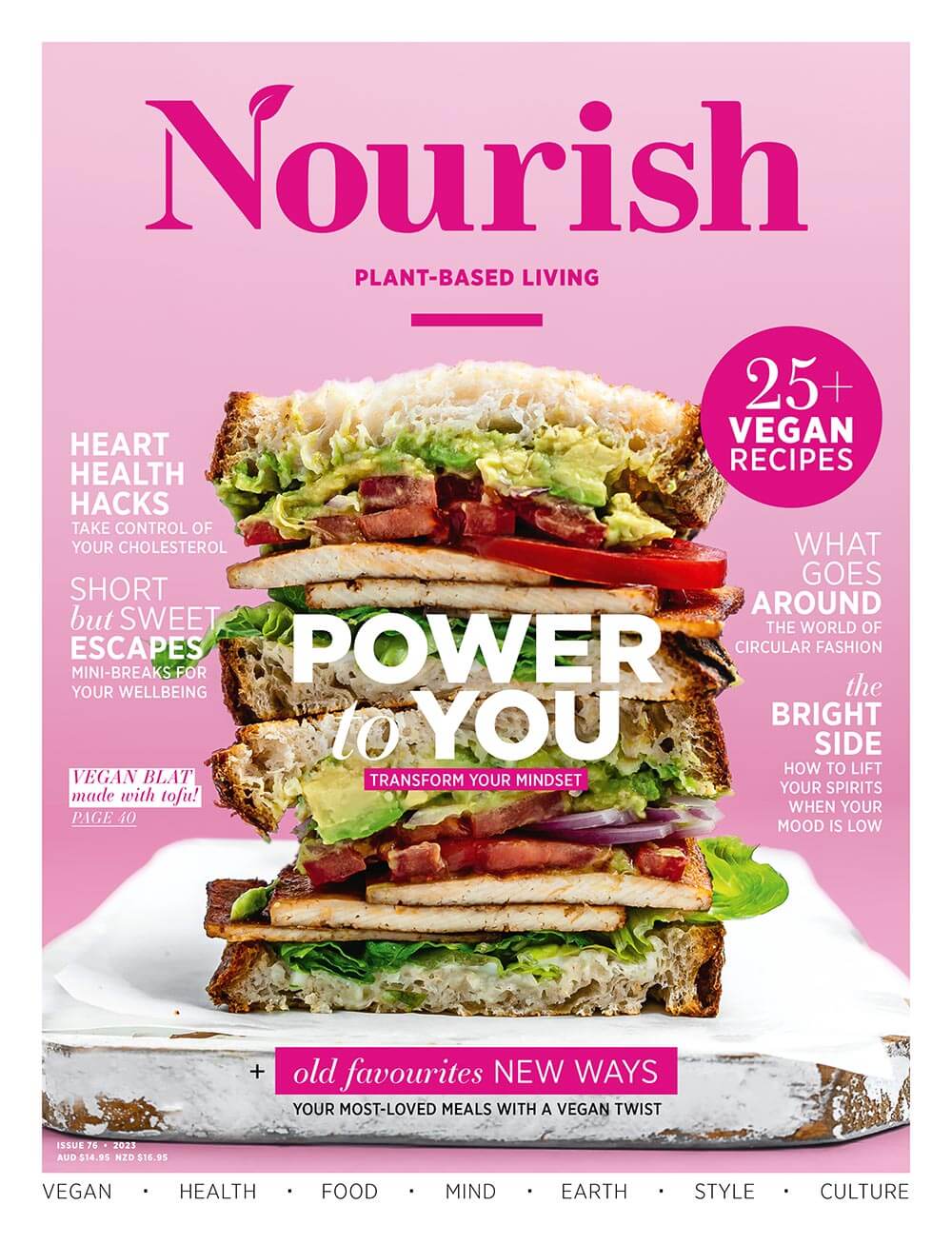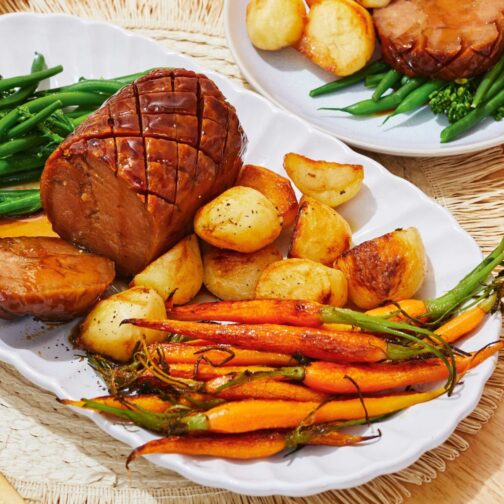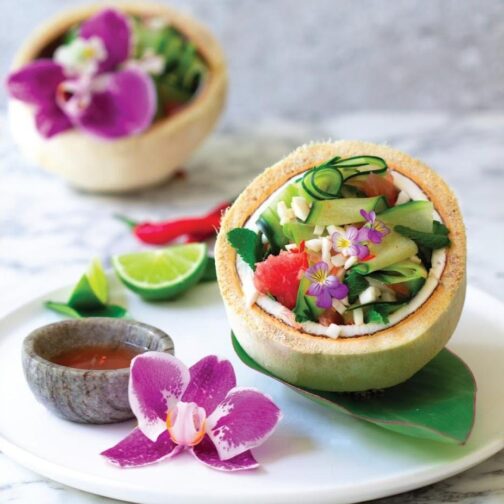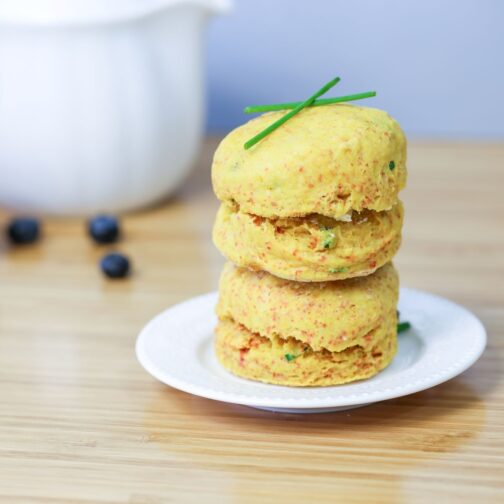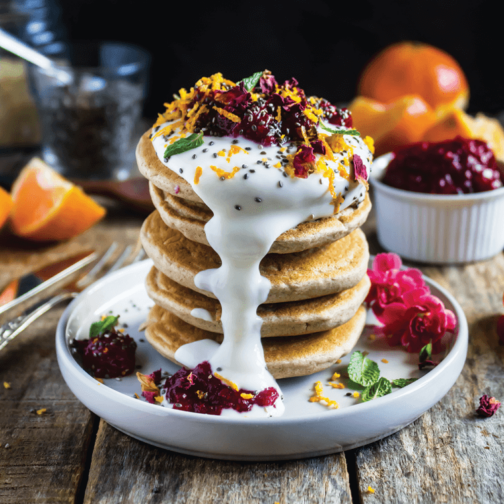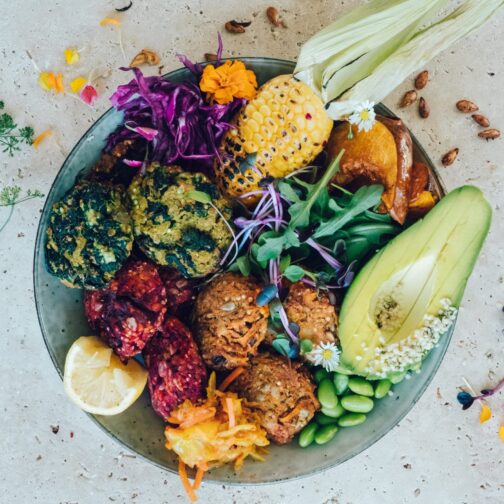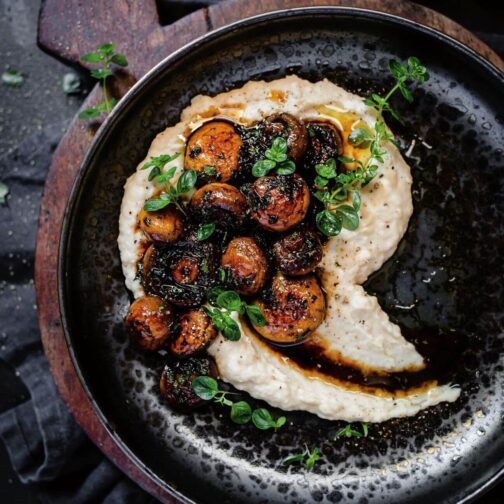
Before you head for the hearty, unhealthy meals, Linda Moon shares six ways to make food your best friend, the healthy way.
When we think of comfort food, the mind usually conjures images of veggie burgers, big bowls of pasta and hot chips, but if you’re following a more health-enhancing vegan diet, it’s worth looking into some wholesome ways to add more flavour to your meals without compromising on nutrients.
6 WAYS TO MAKE COMFORT FOOD HEALTHY
1. Spice up your salads
Gone are the days of eating lettuce leaves and chopped cucumber. Add some heartiness to your salads with roasted vegetables such as pumpkin, beetroot and sweet potato, and steamed asparagus and beans. Toss with baby spinach, rocket or kale. Add protein with quinoa, buckwheat and legumes, combined with satisfying and healthy fats from avocado, nuts and seeds. Favour homemade dressings made with lemon juice, balsamic, cider vinegar and quality cold-pressed oils over commercial preparations. Freshen with citrus, pear, apple or persimmon and be liberal with garlic and fresh herbs for their anti-microbial qualities.
2. Embrace soups
From soothing miso broths to hearty casseroles, soups are the quintessential comfort food and provide easily assimilated nutrients and warmth. Incorporate barley, lentils, split peas, dried beans and vegies for bulk, and go easy on the cream and the side of buttered toast. Add freshness with sprouts and herbs, boost the immune system with reishi or shiitake mushrooms and try buckwheat and sweet potato noodles or dumplings for additional heart and soul.
3. Add some spice
Chilli can produce thermogenesis (heat production) and clear the sinuses, and is the main feature of curries all over the world. Try spicy curries with brown rice or quinoa. Using a curry paste rather than a pre-made sauce is ideal, and Asian you can trade cream for coconut milk, low-fat yoghurt or tomato. There are many great vegetarian curries out there too, and many incorporate the warming, antimicrobial benefits of spices such as cinnamon, ginger, cumin and others.
4. Get creative with potatoes
The versatile spud can be transformed into shepherd’s pie, hash browns, rosti, mash, wedges and soup and is a good source of fibre and potassium. For a healthy option, use sweet potatoes, which are high in vitamin C and thiamine, as well as lower GI than their white counterparts. However, some potato cultivars like Carisma and Nicola are also low GI. Alternatively, serve with a garlic-based vinaigrette – vinegar reduces the GI of starch-based meals. You can also forgo the vegan butter and dry bake with rosemary and a little spray of olive oil. For whole baked spuds, add a dollop of hummus, avocado or salsa; and for a lighter version of mash, combine with a little steamed cauliflower or peas.
5. Substitute your pasta
Prevent the carb coma with veggie spaghetti noodles made of pumpkin, zucchini or carrot. Or, if you’re not down to swap out pasta completely, opt for wholegrain options that will keep you sated for longer. Add substance to your pasta sauces with eggplant, legumes or ‘meatballs’ made of nuts and/or tofu. Nutritional yeast makes a great, healthy and vegan parmesan substitute.
6. Make healthy desserts
Dessert doesn’t have to come laden with fat and sugar. Try nut-based crumbles and baked or stewed fruits. Replace cream with whipped silken tofu (trust me, you’ll love it), coconut cream or soy custard. You can also swap out refined sugars for rapadura sugar, rice malt or maple syrup, and add natural no-sugar sweetness with spices such as cinnamon or vanilla.
